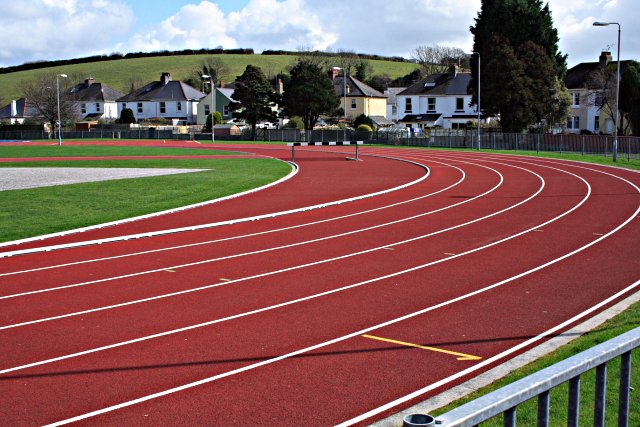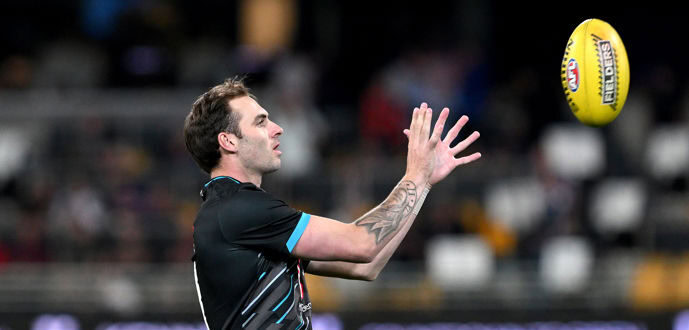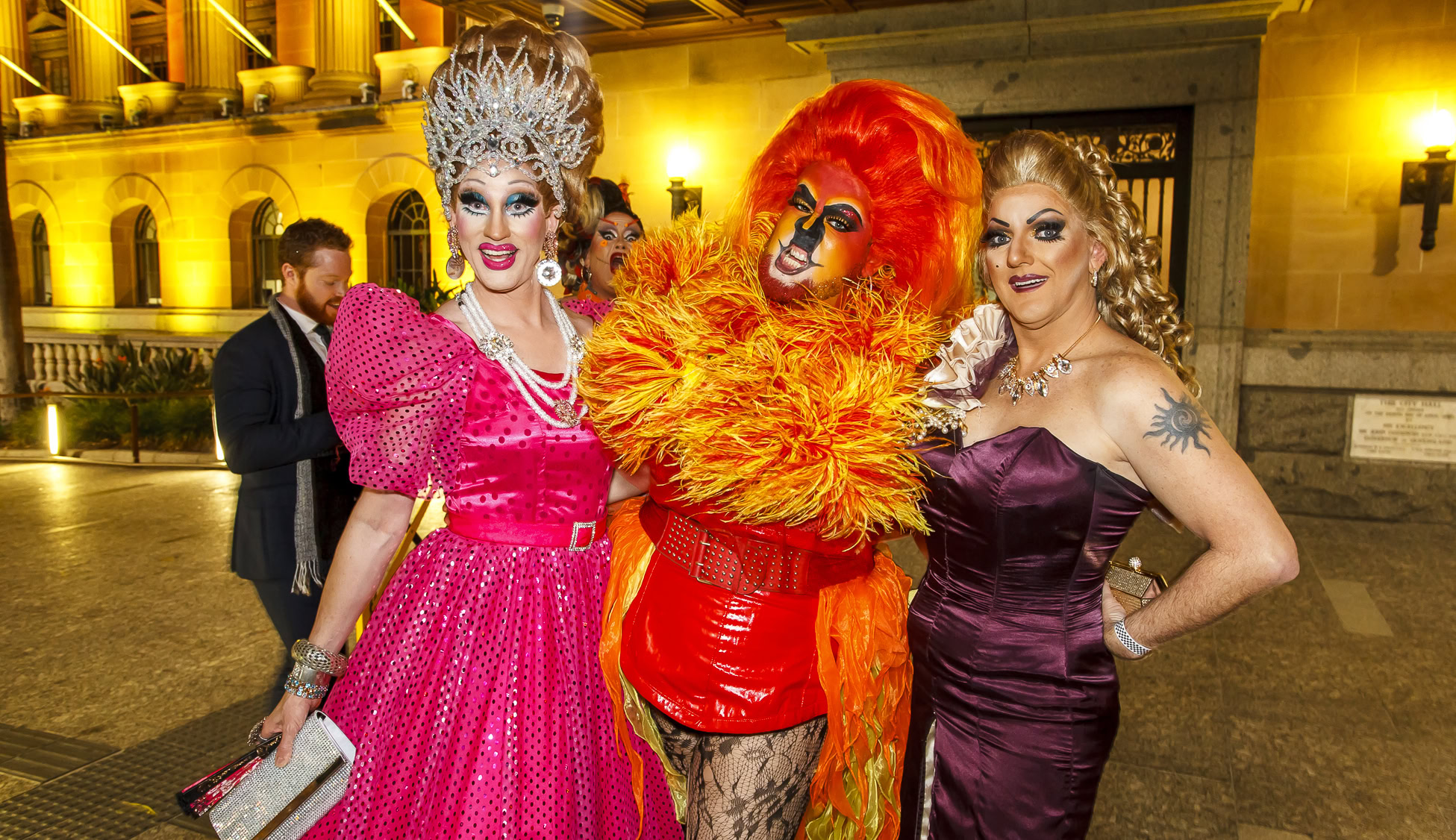
Commonwealth Games sprinter’s disqualification shows Australian athletes could face “gender testing”

THE disqualification of Indian Commonwealth Games athlete Dutee Chand over the results of a so-called “gender test” has raised concerns over whether intersex athletes in Australia face a similar situation.
The 18-year-old professional sprinter and rising star was disqualified from competing last month, just days before the beginning of the Commonwealth Games in Glasgow, after a medical test to determine her androgen levels.
The test results led the Sports Authority of India to disqualify Chand as “ineligible to compete in the female category” because her androgen levels were too high.
There has been no suggestion that Chand has been involved in cheating or doping — the decision was made in compliance with International Olympic Committee (IOC) regulations on “female hyperandrogenism” designed to address a perceived advantage for female athletes with high androgen levels.
The decision has been condemned by Australian intersex advocates, who told the Star Observer sporting exemptions in federal anti-discrimination law mean there is nothing to stop Australian intersex athletes facing the same invasive levels of scrutiny as Chand.
“We don’t know if Dutee Chand is intersex, and there’s nothing wrong in being intersex, but we were horrified to find that she had been cut, unceremoniously, from the Indian athletics team because of atypical natural levels of testosterone,” Organisation Intersex International (OII) Australia president Morgan Carpenter said.
While the inclusion of “intersex status” in the Sex Discrimination Amendment (SDA) Bill last year — a world first for national anti-discrimination law — was a big win for intersex Australians, an exemption still remains for “competitive sporting activity”, applying to both intersex status and gender identity.
“We presented a strong case on this to the Senate during an inquiry on the [SDA Bill] last year. Unfortunately, the act contains an exemption from anti-discrimination law that means that the same international rules apply here, and the same events could happen here at any time,” Carpenter said.
OII Australia’s criticisms of the exemption were wide-ranging — in particular, they noted the regulations are applied selectively, targeting women perceived as masculine, or “butch”.
The organisation’s position on the issue is straightforward: allow athletes to compete in their legal gender.
Further criticisms of the IOC regulations have come from within the medical community, with some arguing the regulations undermine ethical care.
A study published in the British Medical Journal earlier this year revealed four unnamed athletes aged 18–21 had undergone gonadectomy (resulting in sterilisation) and “partial clitoridectomy” after being tested under the IOC regulations, so they could be allowed to compete.
Chand’s situation echoes what happened in 2009 to South African middle-distance runner Caster Semenya, who was subjected to international scrutiny and humiliation over the results of a “gender test” mandated by the International Association of Athletics Federations (IAAF).
The IAAF’s actions were widely criticised as an affront to Semenya’s privacy and human rights.










Intersex and transgender people deserve the same level of respect and dignity – just like the rest of us.
The Olympics (summer, winter, commonwealth, etc) are just an outdated concept and plain stupid – it is only just all for the TV cameras and money!
Dutee Chand is not ill. She needs no cure. She needs to be able to compete.
It is time for the IAAF and the IOC and the sports organisations that follow their lead to accept that women’s divisions are by definition an approximation. Gender is not a binary option with a clear dividing line. Women deserve to have options to compete, and women’s divisions are a necessity. For weight divisions there are scales. For age divisions there are calendars. But there will never be an equivalent tool for distinguishing men from women in sport.
Perhaps it’s time for sports organisations to stop trying, and to promote the values of inclusion that are behind the existence of gender divisions in sport. That would be truly fair.